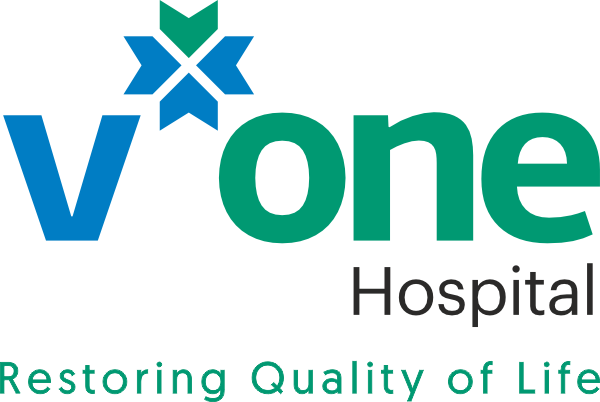Tennis Elbow (Lateral Epicondylitis) – Diagnosis and Treatment Methods
Lateral Epicondylitis, commonly known as tennis elbow, occurs when the tendons in your elbows are burdened by overuse of the wrist and the arm. The repetitive motions weaken the arm muscles and tear the tendons which attach muscle to bone. This causes inflammation, degeneration, and tearing, and it hurts to straighten your arms or hold and lift things. It causes pain where the tendons of your forearm muscles attach to the bony bump of your elbow, but the pain can spread to the forearm and the wrist.
Even though it’s called tennis elbow, anyone can get this. In fact, only 5% of tennis elbows are actually caused by gripping racquets too tightly when playing tennis (hitting a backhand while holding onto the racquet too tightly can stress the tendons connecting your forearm muscles to your elbow and cause small tears). Any kind of repetitive movement can cause this – like painting, chopping, or using hand tools. While painful, this is a relatively common condition, and more than 1 million people suffer from a tennis elbow every year in India. But this is most common in people between the ages of 30 and 50.
What Can Cause Tennis Elbow?
Any forceful, repetitive movements that pull on the tendon and muscle around the elbow can cause a tennis elbow. Sometimes, your profession can make that happen:
- Painting
- Carpentry
- Plumbing
- Playing certain musical instruments
- Kitchen work and chopping with a knife (at home or as a chef)
- Butchering
- Repetitively using a computer mouse
- Working as a dentist
- Playing baseball, softball, golf, tennis, squash, pickleball, or racquetball
- Bowling or fencing
- Gardening or landscaping
- Working as a manicurist
- Working on cars
- Axing trees with a chainsaw
- Working on an assembly line
- Suffering a direct blow to the elbow
Symptoms of Tennis Elbow
There is pain at the elbow, possibly spreading to the forearm and wrist. It usually affects your dominant arm, but can affect both arms depending on the cause. And it hurts to:
- Shake hands
- Hold or lift an object
- Turn a doorknob
- Stretch out your arm
- Hold a coffee cup
- Twist or bend your arm
Tennis Elbow Treatment
95% of the time, the tennis elbow gets better on its own, but this can take up to 18 months. Available treatment options speed up the recovery process. But of course, with any treatment plan, you will have to stop doing the thing that caused the tennis elbow.
Nonsurgical tennis elbow treatment options:
1. Rest
If not completely stop, you will have to reduce activities for weeks and give tendons time to heal.
2. Braces
Wearing a removable support brace, splint, or forearm strap will help reduce the stress on the injured tissue.
3. Physical Therapy
Physical therapy includes electrotherapeutic modalities like ultrasound, and TENS along with progressive stretching and strengthening of the forearm muscles.
4. Nonsteroidal Anti-Inflammatory Drugs (NSAIDs)
These can help with the pain and inflammation.
5. Extracorporeal Shockwave Therapy
By breaking up scar tissue using sound waves, blood flow to the injured part is increased and healing is encouraged.
6. Exercises
Targeted exercises can reduce pain and help restore function.
- Fist clenches: Squeezing rolled-up towels.
- Wrist Extension: Holding a dumbbell and curling wrist palm-down towards your body.
- Wrist Flexion: Holding a dumbbell and curling wrist palm-up towards your body.
- Towel Twists: Twisting a towel with both hands.
- Supination with a dumbbell: Rotating a dumbbell with the elbow resting on knee.
Note: These exercises should be performed only under the expert’s supervision.
Now, let’s see some surgical treatment options for tennis elbow.
7. Surgery and Injections
7.1 Steroid Injections
Corticosteroid injections can provide optimum relief from pain and inflammation.
7.2 Ultrasonic Tenotomy (TENEX)
Under the guidance of ultrasound, a special needle is inserted through the skin into the damaged part of the tendon where it vibrates due to ultrasonic energy to liquefy the damaged tissue to then be suctioned out. While this is still surgery, it’s minimally invasive compared to traditional surgical procedures.
7.3 Platelet-Rich Plasma Therapy (PRP Therapy)
Our blood has many components, one of which is platelets. These help the blood to clot and aid healing. PRP Therapy involves removing a small amount of blood, separating the platelets from the blood cells, and then injecting these concentrated platelets into the damaged area under the guidance.
7.4 Botox
By locally injecting botulinum toxin type A, the painful common extensor origin can be temporarily paralyzed, and this encourages a healing response. It can relieve pain.
7.5 Prolotherapy Injections
By injecting a dextrose solution or a dextrose-sodium morrhuate solution, pain can be relieved and strength improved.
7.6 Dry Needling
In chronic cases of Tennis-Elbow repeatedly sticking a needle into the damaged tendon can stimulate a healing response by the therapists.
7.7 Surgery
In severe cases and where the symptoms don’t seem to improve through general medications and physical therapy, the damaged tissue can be removed with surgery either by minimally invasive surgery or traditional surgical procedures.

